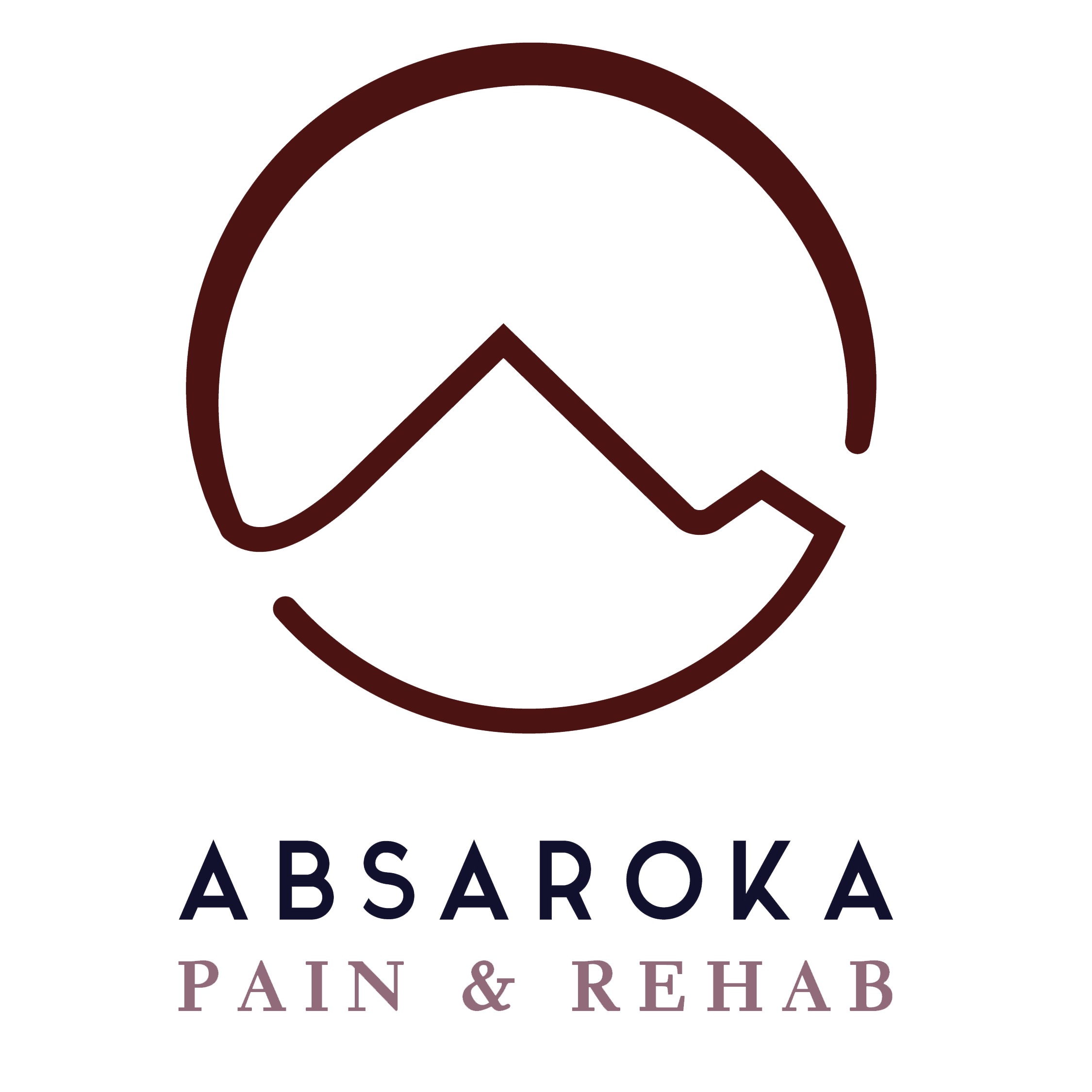In Montana we get a wide range of temperatures. What a wonderful thing to experience all four seasons in such a beautiful place! Each season has its ups and downs, but what is the one thing that is seen across all seasons? The one thing that does not...
Follow Us x
Pelvic Health & Physical Therapy
Why Pelvic Health Matters
Pelvic health is integral to our daily lives, despite the discomfort we may have when it comes to talking about our bladder or bowel issues. Are you noticing leakage with exercise, pain with sexual intercourse, or pelvic heaviness? Pelvic physical therapy may be the right fit for you! We strive to provide a safe, private, and respectful space where you can share your concerns and get the care you deserve.
Understanding the Pelvic Floor
Your pelvic floor is a group of muscles that acts as a sling to support your bladder, bowel, and reproductive organs. It also assists in urination and defecation. Without proper contraction and relaxation of these muscles, it can lead to:
- Leakage
- Pain
- Difficulty with bowel movements
- And more
How Pelvic Floor Therapy Helps
Pelvic floor physical therapy uses gentle exercises, education, and hands-on techniques to restore:
- Strength
- Coordination
- Comfort
Common Conditions Addressed
Bladder
- Leakage, urgency, frequency
- Retention, prolapse
Bowel
- Constipation
- Leakage
- Gas leakage
- Diarrhea
Pelvic Pain
- Vulvodynia
- Endometriosis
- Pelvic congestion syndrome
- Interstitial cystitis or painful bladder syndrome
- Pudendal neuralgia
- Coccyx pain
Sexual Health
- Pain with intercourse or dyspareunia
- Vaginismus
Post-Operative Recovery
- Hysterectomy
- Cesarean section
- Prolapse repair
Prenatal and Post-Partum Care
Pelvic pain is often correlated with hip and low back pain, which can be treated in conjunction with any of the pelvic conditions above.
Benefits of Pelvic Floor Physical Therapy
- Improved bladder and bowel control
- Reduced pelvic pain
- Better sexual health and comfort
- Faster postpartum recovery
- Increased core and pelvic strength and stability
Frequently Asked Questions (FAQ)
What can be expected at the first visit?
The first session will consist of history taking and specific questions to get to the root cause of your symptoms. Based on this conversation, the best course of action will be taken throughout the physical examination.
Permission will be asked before each step throughout the examination. Your comfort is our first priority and questions are encouraged to allow you to feel safe. Depending on time, treatment may also be added, and you'll leave with a few exercises at the end of the first visit.
Is an internal examination always performed?
The internal examination is the best way to assess pelvic floor muscle strength and identify the root cause of any pain-although it is never required and will only be performed if you are comfortable with it. Questions are encouraged and will be answered throughout the process to ensure your best understanding. Alternative options are also available so you can decide what you're most comfortable with.
Will Kegel exercises help with my pain?
No, Kegel exercises aren't for everyone. Sometimes your pelvic floor needs strengthening-other times it needs relaxation. Doing the wrong exercise can make symptoms worse.
Pelvic floor dysfunction can be more complex than just strengthening the muscles. We will work together to identify if there are coordination challenges, fatigue, overactivity, or other musculoskeletal imbalances contributing to your pelvic pain.
Reach out to our office at 406-587-8446 and we will be happy to assist you in getting back on your path to independence.
Chiropractic treatment is not uncommon for kids. In fact there is such a wide range of uses for chiropractic care for kids 18 years old and younger, including newborns! Many families might be hesitant to come in to see a chiropractor over their...
The SI joint is the joint attaching the hip bones to the sacrum at the bottom of the spine. It’s primary function is shock absorption between the upper body and lower body when walking or lifting. It is also responsible for limiting motion when...
Almost everyone suffers pain at some point in their lives, and one of the options available is to visit a chiropractor. According to research published in the Journal of the American Medical Association, spinal adjustments can help to reduce pain...
What is Forward Neck Posture? Maybe you’ve never heard of the term Forward Neck Posture, but you’ve certainly seen it. Also quite commonly referred to as iHunch or Computer Neck, Forward Neck Posture affects mass swaths of the global...
After a car accident, it is not uncommon for victims to visit a chiropractor. Even if a person does not sustain visible or life-threatening injuries, car accidents often result in tissue, nerve and joint damage. This can lead to chronic pain,...
While there are thousands of Americans walking around with Forward Head Posture every day, from toddlers to senior citizens, many are completely unaware that they are dealing with this condition. More often than not, they will experience some of the...
When it comes to headaches, the list of possible causes can run longer than the Great Wall. And with the staggering number of people suffering from headaches, the reasons are sure to vary. In developed countries, nearly 33% of men and...


